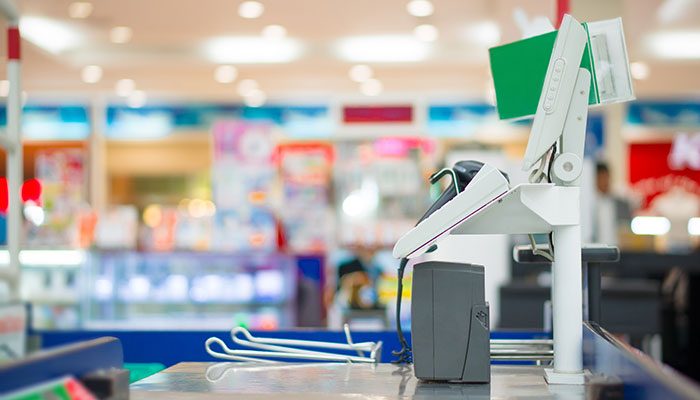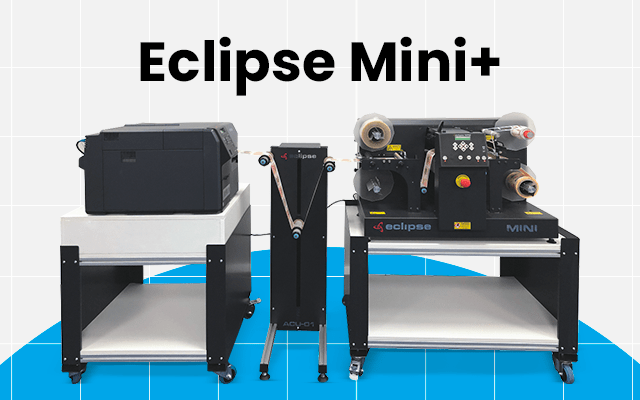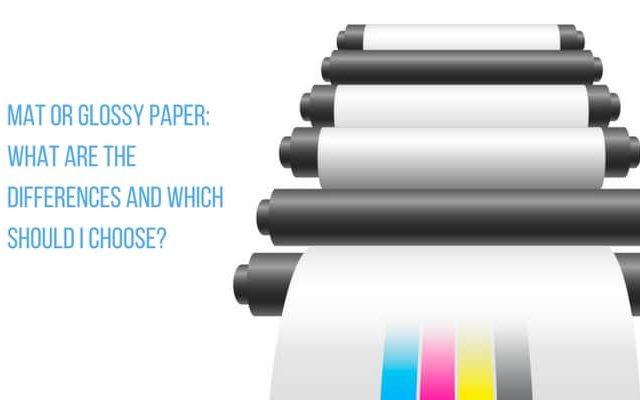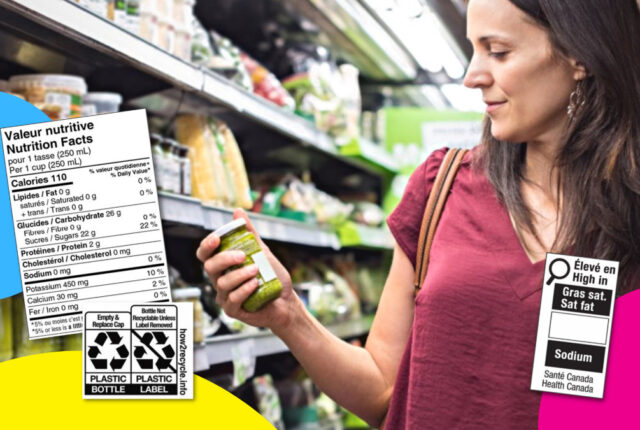In theory, RFID technology could be ideal in many applications where barcodes are used. If so, why haven’t RFID tags replaced barcodes yet?
Let’s look at it through a practical example, the supermarket self-service checkout.
Major supermarkets offer their customers self-service checkout devices to help better customer service, and also to help reduce costs. Scanning merchandise’s barcode over these devices is successful 9 out of 10 times for labeled goods, which compose the vast majority of a consumer’s shopping cart.
The downside of these self-service checkout devices is that they take time to validate the weight of goods, which can lead to repeated tries and confusion (machine and customer). Clerks are often assigned to watch over these automated lanes to help people out and try to prevent slowdowns. It likely explains why most customers still prefer going to a lane with a human clerk to scan their goods.
Finally, self-checkout doesn’t solve shoplifting issues any better than any of the traditional ways.
Here is how RFID could theoretically be superior to Barcodes in this situation
Improved customer experience
RFID labels can be scanned at a distance in a fraction of a second. From a few centimeters to a couple of meters, depending of the type of label or tag, an RFID device can accurately provide a scanner with a quantity of information such as price, unique product ID (like a barcode) and much more.
Another major advantage is that multiple items can be read at a time. This opens up the possibility of a customer travelling through a self-checkout point without having to scan items individually! How fast can you say “please scan these items”?!
Labor costs
Today’s self-service checkout devices require the presence of a clerk to troubleshoot various situations related to machine slowness, unclear user interface and human frustration.
RFID readers being faster, a single clerk would spend more of his time upselling a larger number of shoppers and keeping up customer satisfaction. With the checkout task being less intensive, staff would be available to better serve shoppers on the floor.
Shoplifting control
RFID being read at a distance would limit shoplifting or forgetting to scan an item. Whether you’d put an item in your cart or in your pocket, the checkout device would read it and add up the amount for you to pay.
Why don’t we use RFID instead of barcodes?
So why isn’t RFID already in place in self-service checkouts? Several reasons:
- Because RFID tags depend on radio frequencies to be read, the information flow can be easily disrupted by obstacles or radio interference.
- Because the technology cannot currently guarantee a 100% read, an additional validation is required, such as the number of expected items. Since this is impossible at a checkout counter, suddenly the magical scanning of several items at a time becomes a nightmare for validation, and a potential source of missing inventory. Even if validation was possible, a defective tag or antenna could also disable validation. As validation could never be 100%, automating the process would be next to impossible.
- Shoplifting would in reality become easier: RFID tags are inefficient in environments with water or metal. As the human body is 65% composed of water, an RFID tag attached to a $25 steak for example, and concealed in someone’s clothes, likely wouldn’t register as it passed through checkout. Put an item with its tag in a small metal box and it will not be registered at the cash either.
- RFID tags are also still quite expensive. At anywhere between $0.10 to $0.63 USD ( $0.16 to $1 CDN) a tag depending on your buying power, it is still an unthinkable application in in the supermarket industry where margins are quite thin. Barcodes, at less than a cent per label will not soon be replaced.
Even if the cost becomes reasonable and the technical issues solved, there still needs to be a major realignment in supply chain processes for RFID labels to become mainstream. Since almost all labelling is applied at the manufacturer’s location, they are the ones that would have to take the brunt of the conversion cost.
In the second of this two-part article, we will look at how Walmart and other retailers have successfully integrated RFID in their activities.







